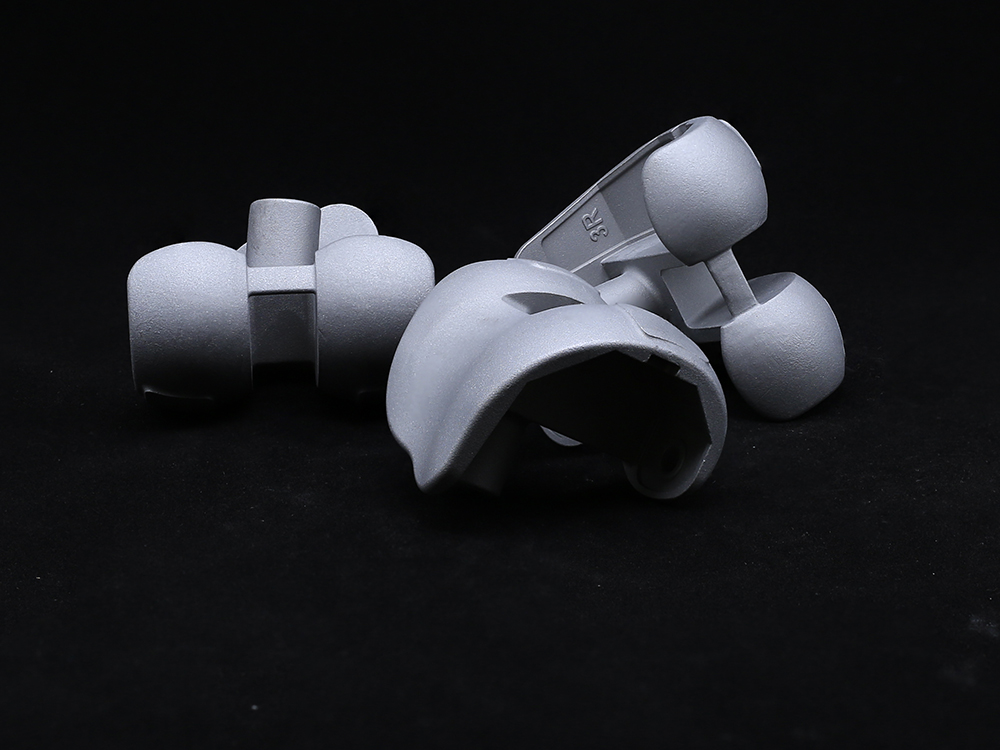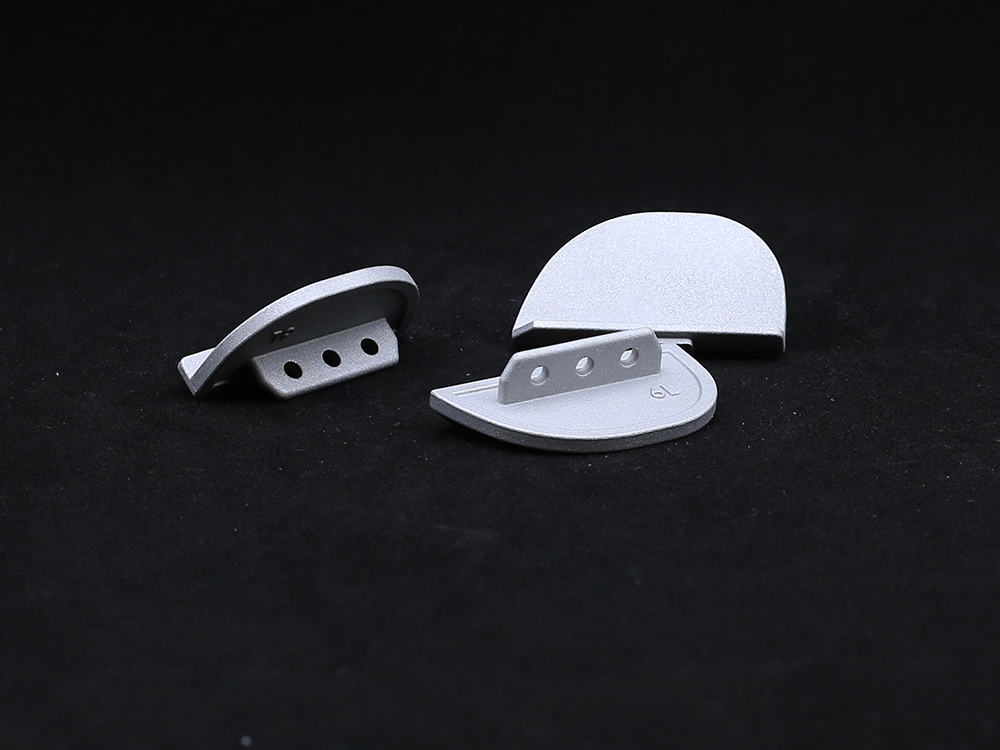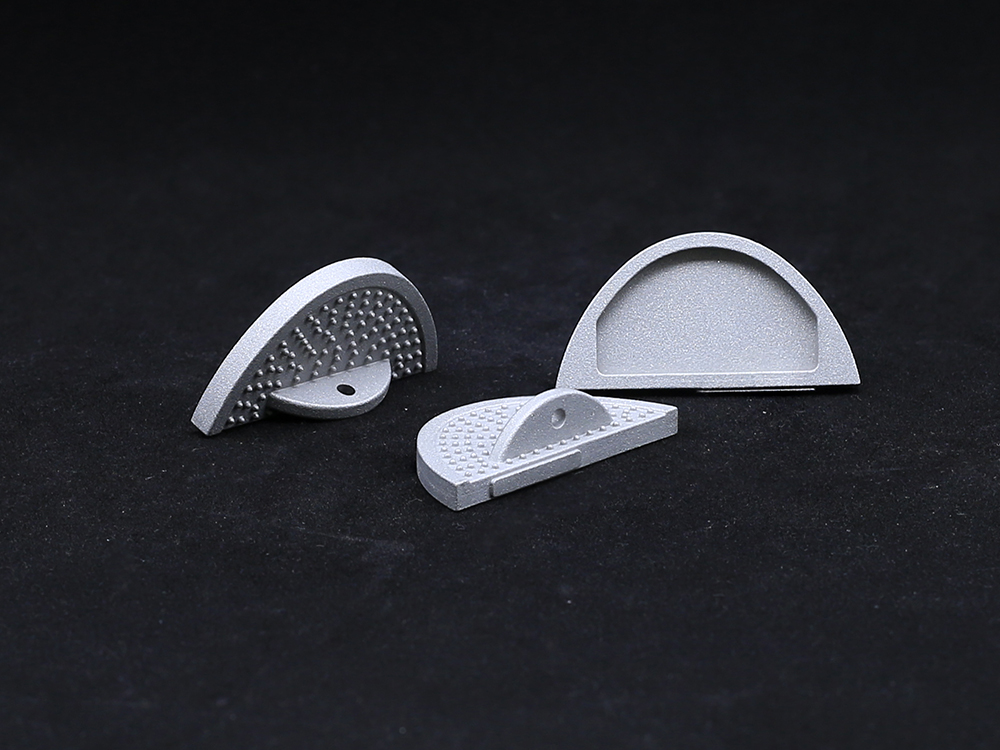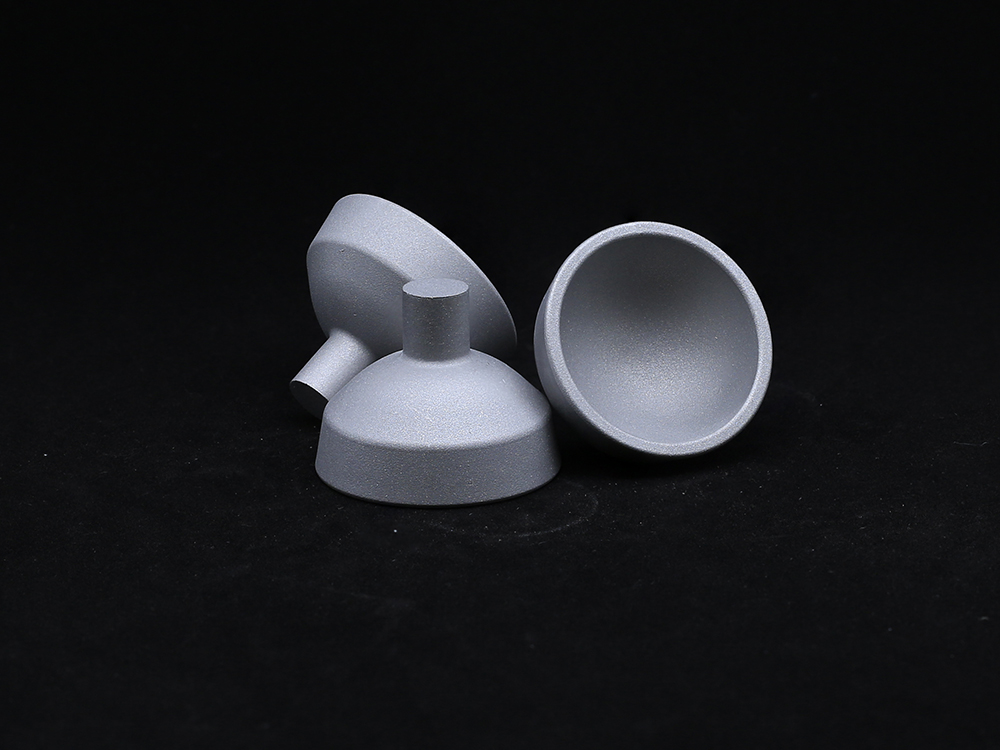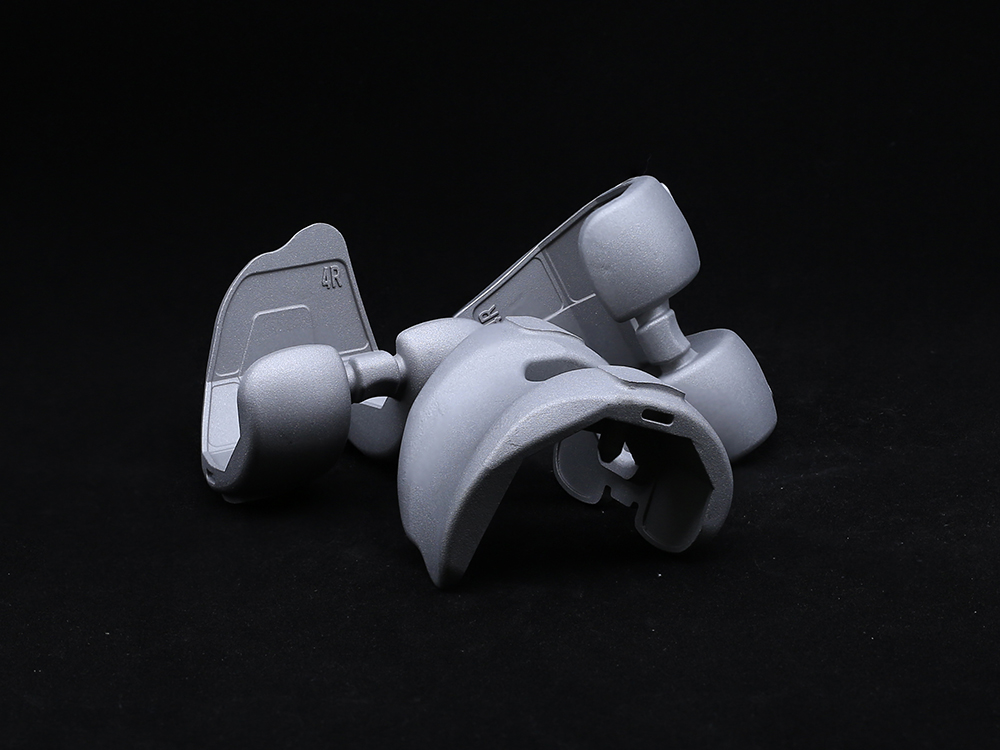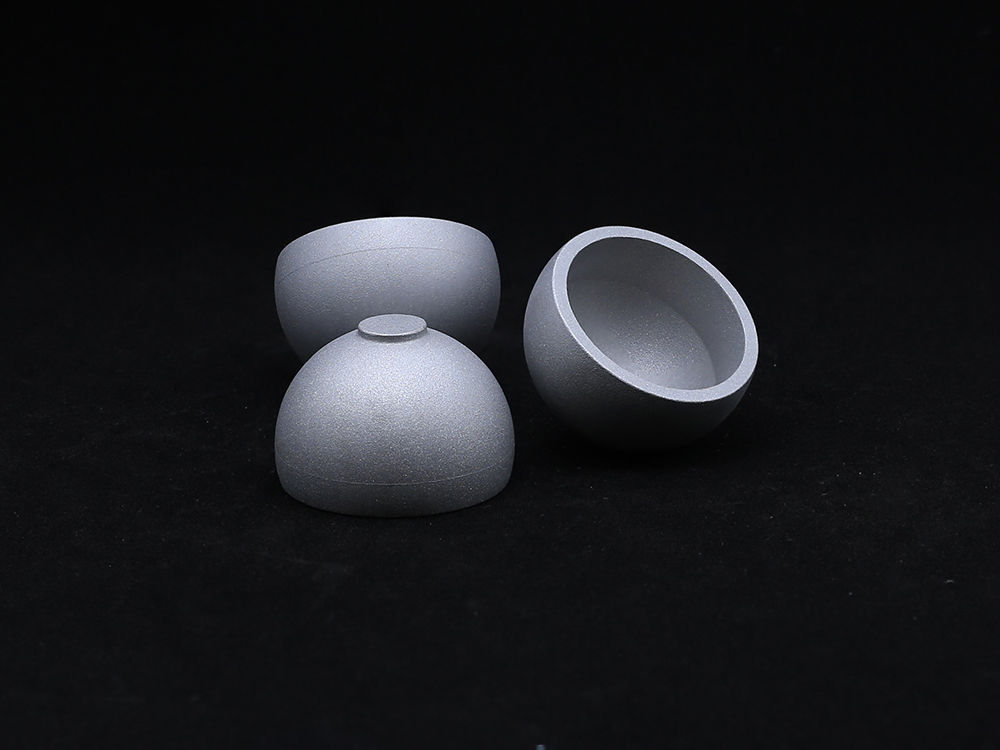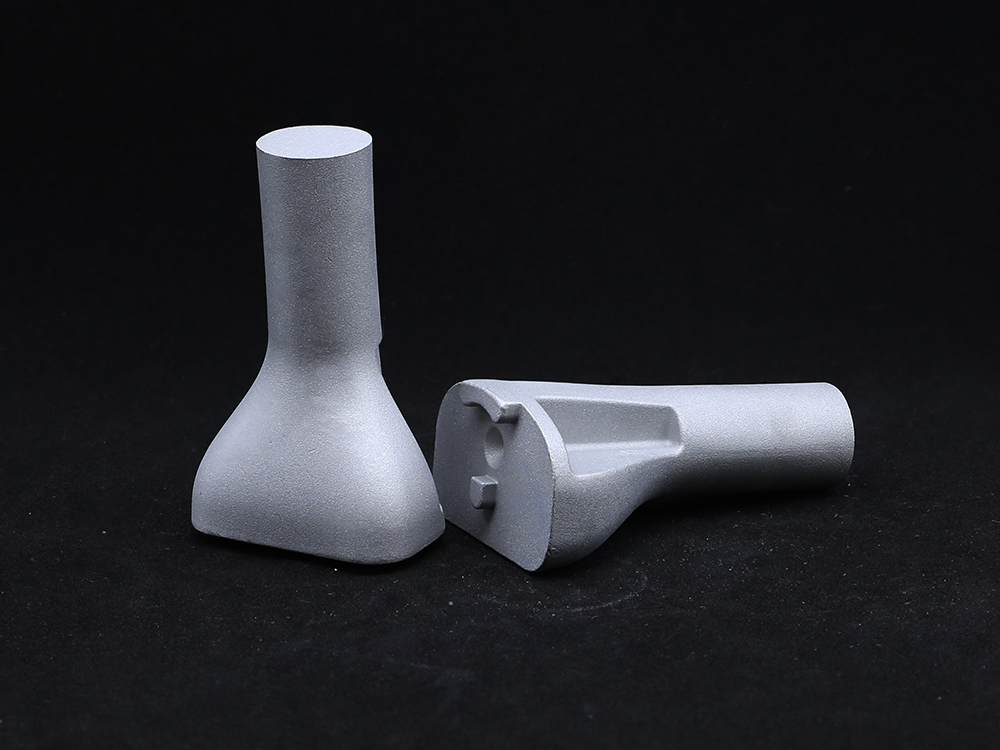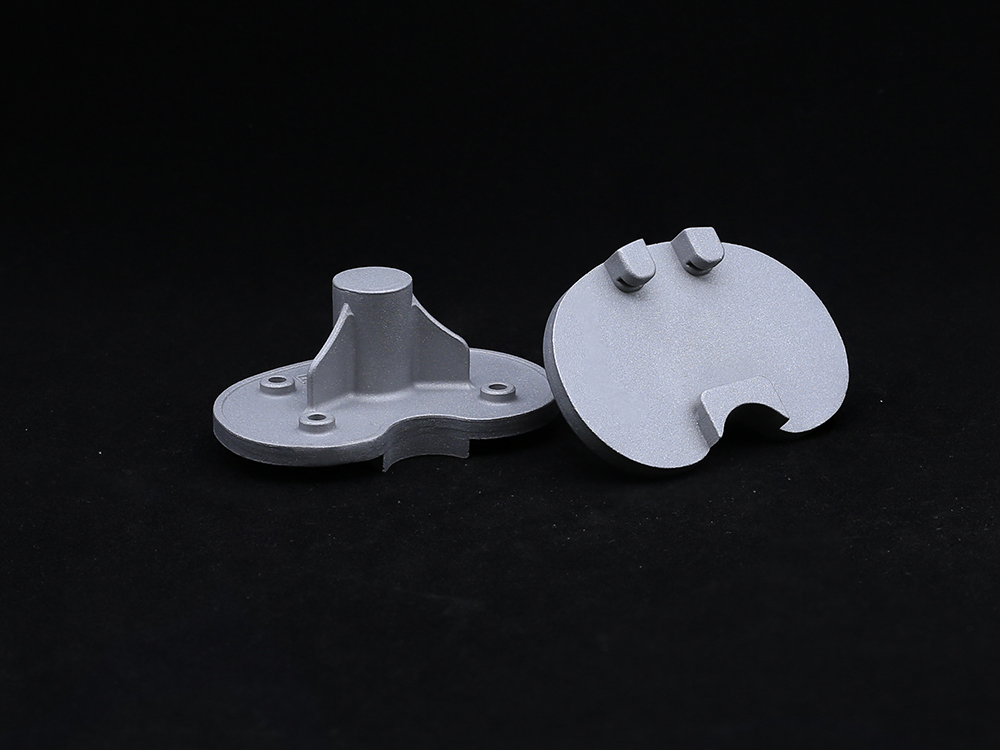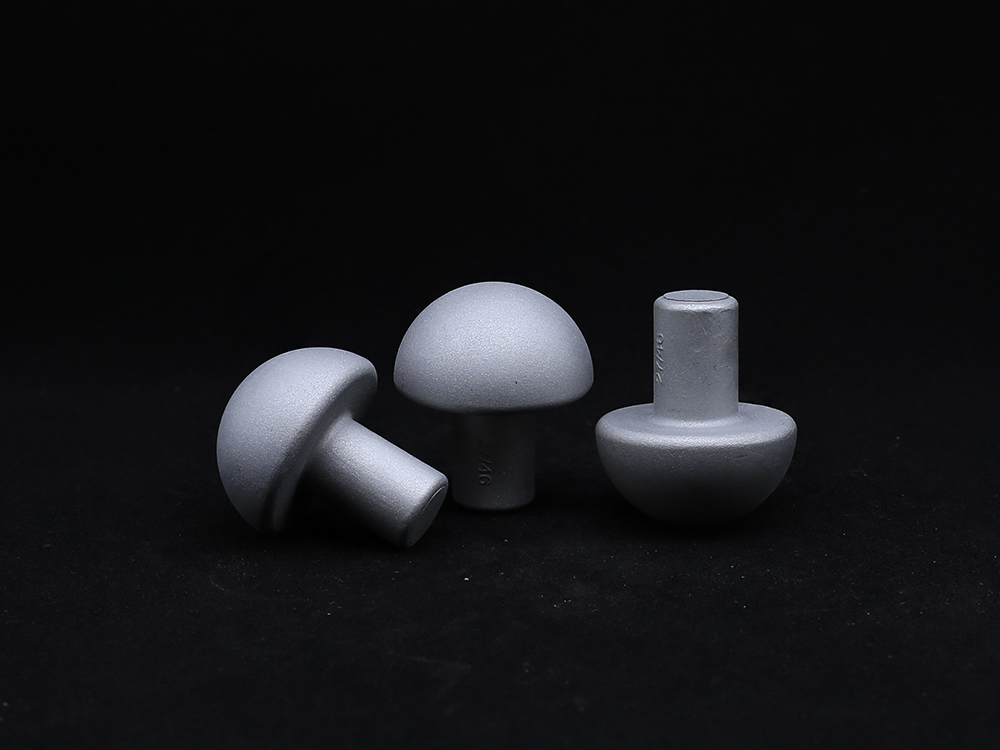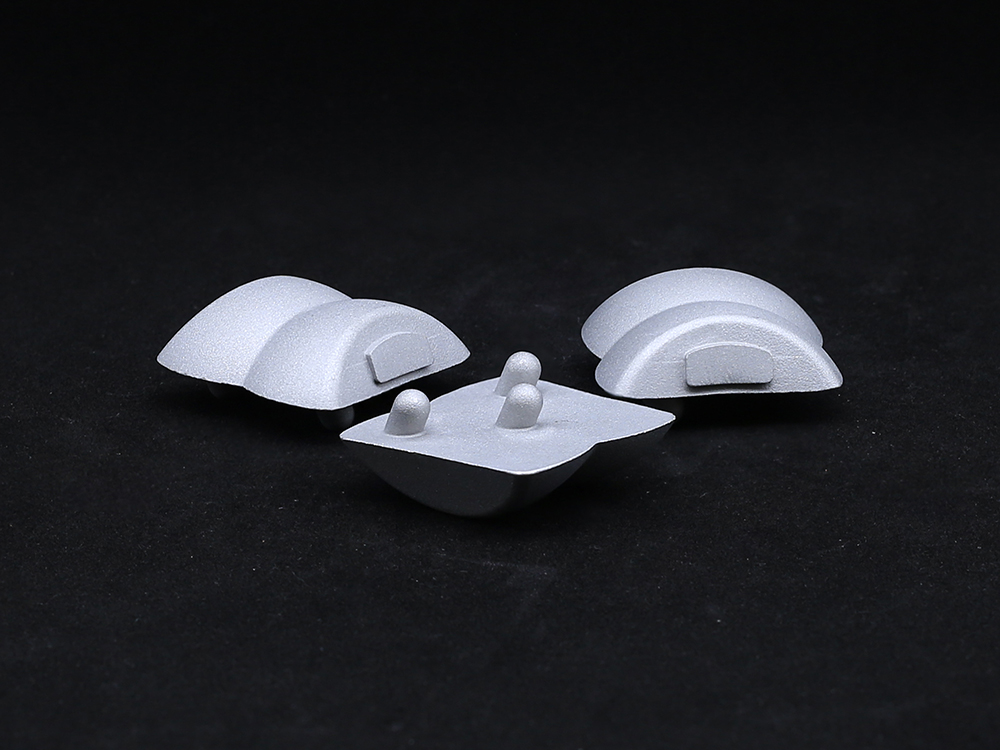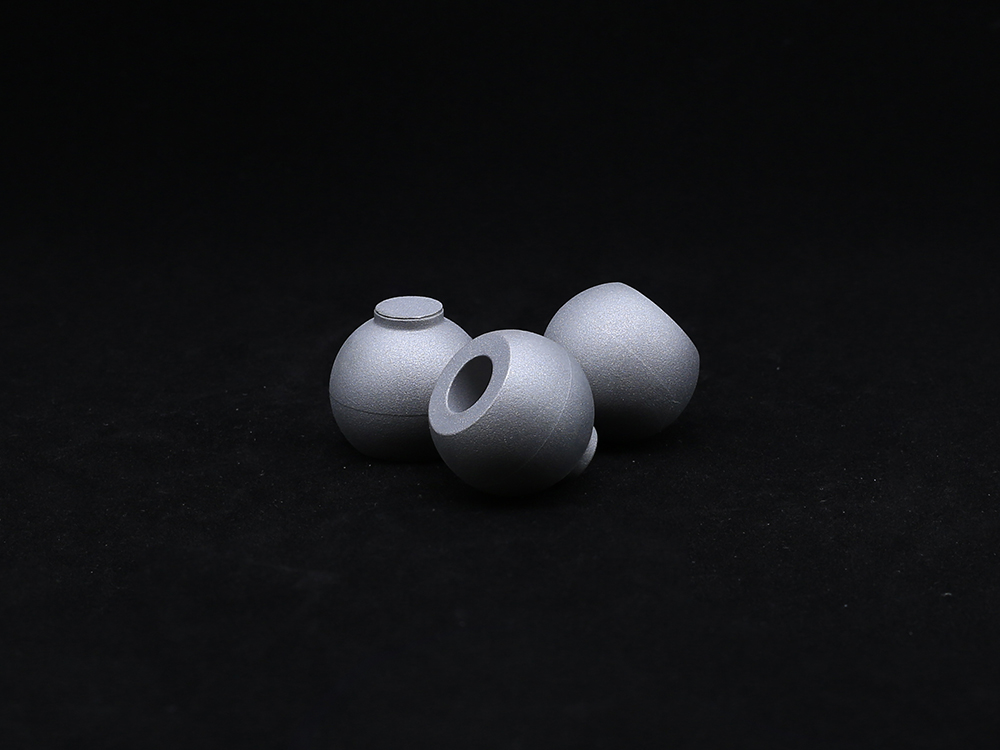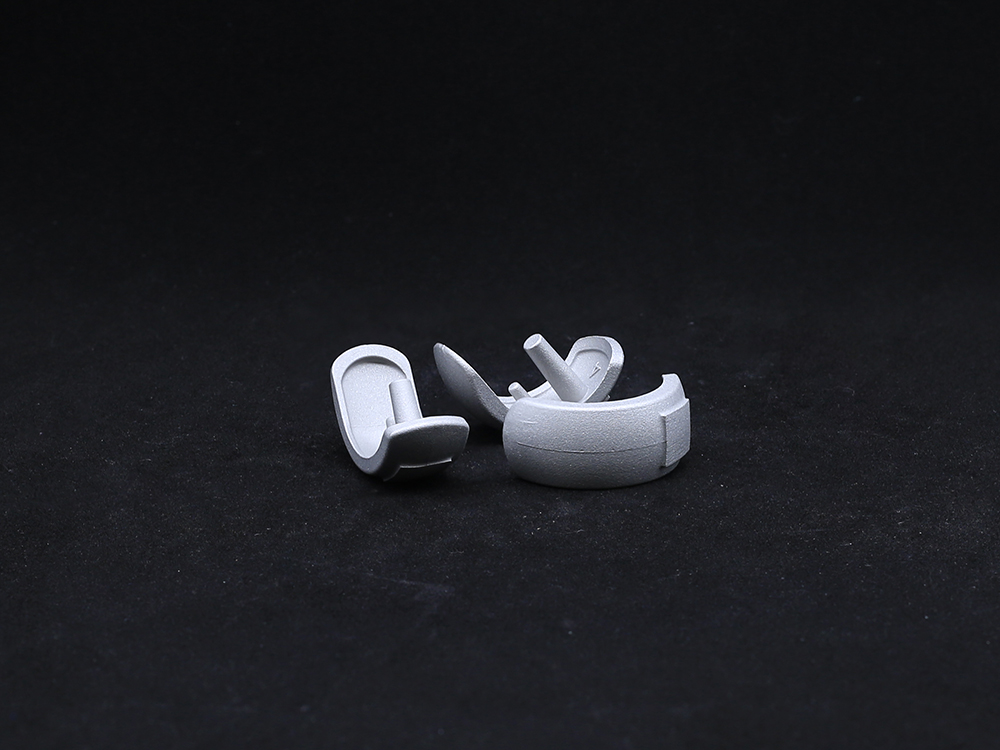Understanding the Hip Joint Type
The hip is one of the most powerful and essential joints in the human body, enabling everyday movements from walking to sitting to climbing stairs. Classified as a ball-and-socket joint, the hip joint type allows for multidirectional movement while providing stability to support the body's weight.
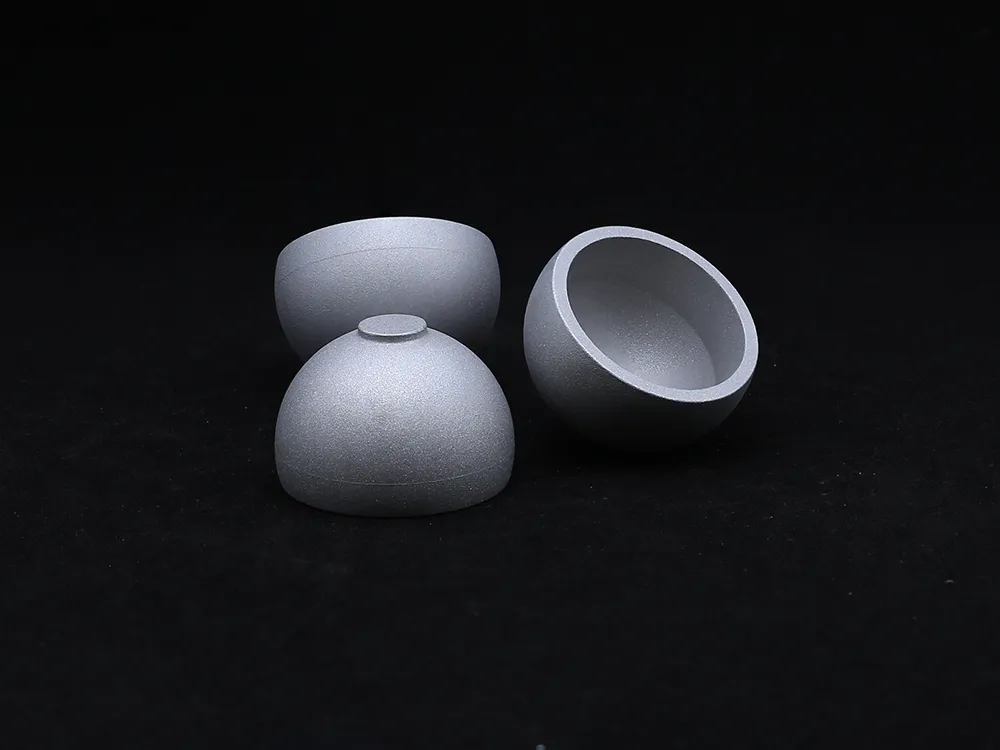
Specifically, the hip joint type is known as a synovial joint—a freely movable joint surrounded by a fluid-filled capsule. The "ball" is the head of the femur (thigh bone), and the "socket" is the acetabulum of the pelvis. This arrangement enables a wide range of motion, including flexion, extension, abduction, adduction, and rotation, making the hip one of the most versatile joints in the body.
This hip joint type is structurally optimized to bear high loads and withstand repeated motion over a lifetime. However, this constant use also makes it prone to wear-and-tear, arthritis, fractures, and dislocations—often necessitating medical attention or even surgical intervention like hip replacement.
Exploring Hip Joint Anatomy: A Guide to Its Structure and Function
To understand hip health and treatment options, one must first grasp the basics of hip joint anatomy. The hip is a deep, stable joint made up of bones, cartilage, ligaments, muscles, and synovial fluid—all working together to facilitate movement and absorb impact.
An imbalance, injury, or degeneration in any of these structures can lead to pain, stiffness, or limited mobility. That’s why a detailed understanding of hip joint anatomy is crucial for diagnosing hip disorders and planning effective treatment—whether that involves physical therapy, medication, or surgery.
Anatomical Hip Joint: The Clinical Perspective in Orthopedics
When orthopedic surgeons or physical therapists refer to the anatomical hip joint, they are considering both the macro and micro structures of the hip with precision. The anatomical hip joint is not just a place where two bones meet—it's a dynamic, weight-bearing center designed to function efficiently throughout a person’s life.
In a clinical setting, the anatomical hip joint is evaluated through imaging (like X-rays, CT scans, or MRIs) to assess the alignment of the femoral head within the acetabulum, cartilage thickness, and the presence of bone spurs or cysts. Detailed knowledge of the anatomical hip joint allows for accurate placement of implants during hip replacement surgeries and precise rehabilitation exercises for joint preservation.
An orthopedic approach to the anatomical hip joint considers not just the skeletal structure but also the surrounding soft tissue and vascular supply—critical factors when planning minimally invasive procedures or managing trauma cases. Surgical innovations like robotic-assisted hip replacement rely on precise anatomical mapping to ensure optimal outcomes.
Anatomy Left Hip: Why Laterality Matters in Diagnosis and Treatment
When discussing joint health, it's important to distinguish between the left and right sides of the body—especially for clinical diagnostics, surgery, and physical therapy. The anatomy left hip is essentially a mirror image of the right, but individual variations in posture, dominance, and daily activities can affect how the joint wears or responds to injury.
Understanding the anatomy left hip involves examining bone orientation, nerve distribution, and muscular balance. The left hip often bears more weight for right-dominant individuals, potentially making it more prone to certain types of overuse injuries or osteoarthritis. In sports medicine and physical therapy, left-side injuries may require different corrective strategies than the right.
From a surgical standpoint, precise mapping of the anatomy left hip ensures accurate incisions, prosthesis placement, and nerve preservation. This is critical for procedures such as anterior or posterior approach hip replacements, where even slight deviations can affect outcomes.
For patients experiencing localized pain in the left hip, advanced imaging and anatomical knowledge help doctors pinpoint whether the issue stems from the joint, surrounding muscles, sacroiliac joints, or even referred pain from the spine.
The Modern Approach to Hip Care: From Anatomy to Advanced Treatment
Today’s understanding of hip joint type, hip joint anatomy, and the intricacies of the anatomical hip joint has led to more targeted and effective treatment options. Whether you’re managing chronic arthritis, recovering from a fracture, or preparing for surgery, personalized care begins with anatomical precision.
Physical therapists now design routines based on detailed assessments of the anatomy left hip or right hip to rebalance muscle strain and correct gait abnormalities. Meanwhile, orthopedic surgeons use anatomical data to plan procedures that minimize trauma and maximize joint preservation.
Technological advances—such as 3D-printed implants, computer-assisted surgery, and minimally invasive approaches—have made hip treatment safer, faster, and more effective. This ensures that patients regain not only mobility but also confidence in their daily activities.
Ultimately, a deeper understanding of hip anatomy empowers both medical professionals and patients. Whether you're exploring surgical options or simply looking to preserve your joint health, a foundational knowledge of the anatomical hip joint and its function is essential.
Hip joint FAQs
What is the hip joint type and why is it unique?
The hip joint type is a synovial ball-and-socket joint. Its unique structure allows for a wide range of motion—flexion, extension, rotation, and more—while also supporting the weight of the upper body. This combination of mobility and strength makes it one of the most important joints in the body.
What structures are involved in hip joint anatomy?
Hip joint anatomy includes the femoral head (ball), the acetabulum (socket), articular cartilage, ligaments, synovial membrane, and surrounding muscles. These structures work together to stabilize and move the joint efficiently, while also absorbing shock and distributing loads during movement.
Why is the anatomical hip joint important in surgery?
The anatomical hip joint provides a roadmap for surgeons when planning joint replacement or repair procedures. Understanding its shape, alignment, and soft tissue structures ensures precise prosthetic placement, reduces surgical risks, and improves long-term outcomes for patients.
What should I know about anatomy left hip pain?
Pain in the anatomy left hip can result from conditions such as arthritis, bursitis, tendonitis, or nerve compression. It’s important to determine whether the pain originates from the joint itself or surrounding tissues. Proper imaging and anatomical analysis help guide diagnosis and treatment.
How does hip anatomy influence physical therapy and rehab?
A deep understanding of hip joint anatomy allows therapists to target the correct muscles and movement patterns during rehabilitation. It ensures exercises are safe, balanced, and aligned with the patient’s specific joint structure—particularly when treating side-specific conditions like anatomy left hip dysfunction.
Get a Custom Solution!
Contact Us To Provide You With More Professional Services

